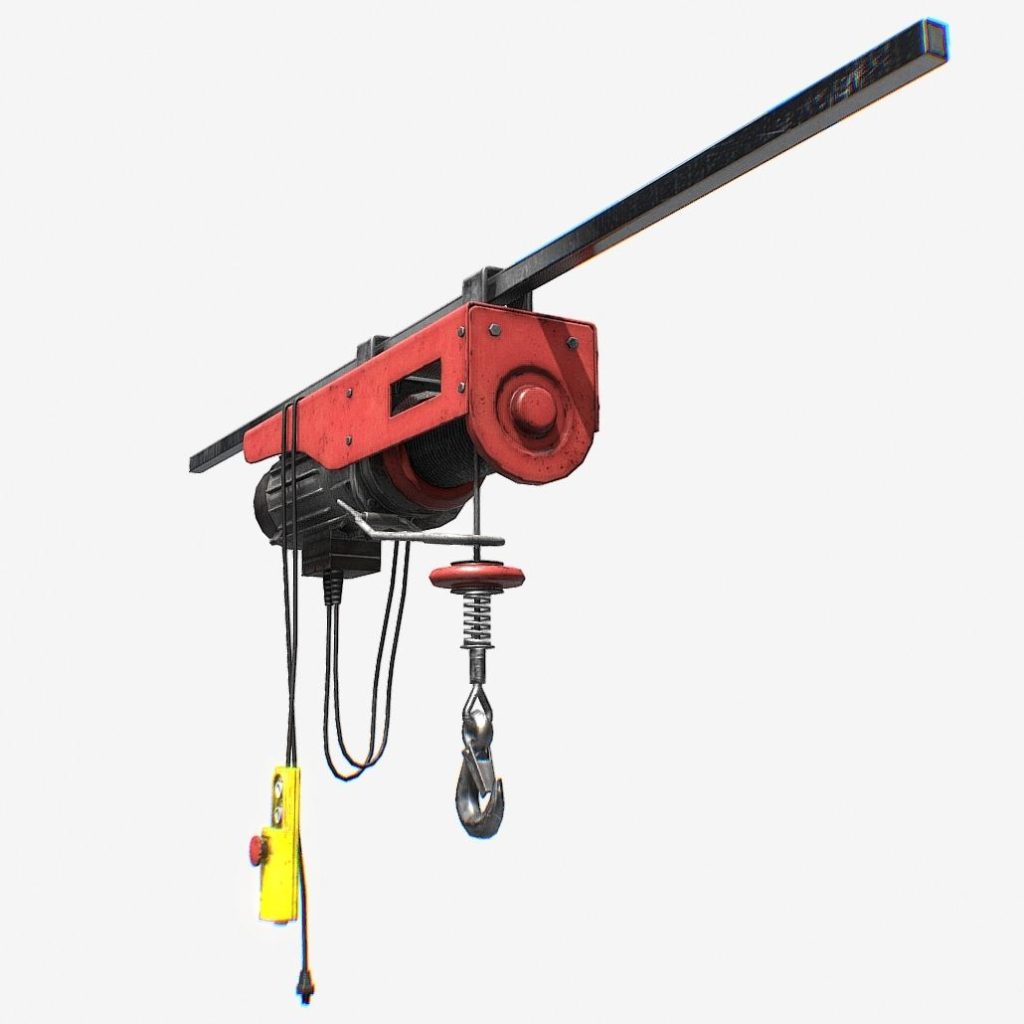Connecting Cultures with Precise, Culturally Sensitive Translations
In an increasingly interconnected world, the importance of precise, culturally sensitive translations cannot be overstated, particularly as businesses and organizations seek to engage diverse audiences across the globe. Effective communication is the cornerstone of successful cross-cultural interactions, and this begins with recognizing that language is not merely a tool for conveying information, but also a vehicle for cultural identity, values, and traditions. A translation that fails to account for cultural nuances risks alienating the target audience and undermining the intended message. This is where the role of skilled translators comes into play. These professionals possess not only linguistic expertise but also a deep understanding of the cultural contexts in which the language operates. They are adept at identifying idiomatic expressions, colloquialisms, and culturally specific references that may not have direct equivalents in the target language. For example, a marketing campaign that resonates well in one culture may fall flat or even offend in another if cultural sensitivities are not carefully navigated.
By tailoring translations to reflect the unique characteristics and preferences of the target audience, businesses can foster a sense of connection and trust that is crucial for building lasting relationships. This cultural sensitivity goes beyond mere word-for-word translation; it involves a holistic approach that encompasses tone, style, and context. A skilled translator will adapt not only the language but also the overall messaging to ensure that it aligns with the cultural expectations and emotional resonances of the audience. For instance, colors, symbols, and even humor can carry vastly different meanings across cultures, and what is considered appropriate in one context may be taboo in another. Understanding these subtleties is essential for creating translations that are not only accurate but also engaging and relatable. In the realm of global marketing, culturally sensitive translations can significantly enhance brand perception and customer loyalty. When consumers perceive a brand as respectful and understanding of their culture, they are more likely to develop a positive association with that brand.
This is particularly important in today’s digital age, where feedback can spread rapidly through social media, amplifying the impact of culturally misaligned messages. Furthermore, the rise of globalization has led to an increase in diverse workforces and customer bases, making it imperative for organizations to communicate effectively with employees and clients from different backgrounds. Culturally sensitive translations can facilitate inclusivity and understanding within the workplace, fostering a collaborative environment that values diversity. This is particularly crucial in sectors such as healthcare, education, and social services, where clear communication can directly impact outcomes. In summary, Chinese translation services connecting cultures through precise, culturally sensitive translations is essential for effective communication in our globalized world. By prioritizing cultural nuances and tailoring messages to resonate with specific audiences, businesses and organizations can foster deeper connections, enhance brand loyalty, and promote inclusivity. In a time when cultural awareness is paramount, investing in skilled translators who understand the intricacies of language and culture is not just a strategic advantage; it is a necessary step toward building a more harmonious and understanding world.




